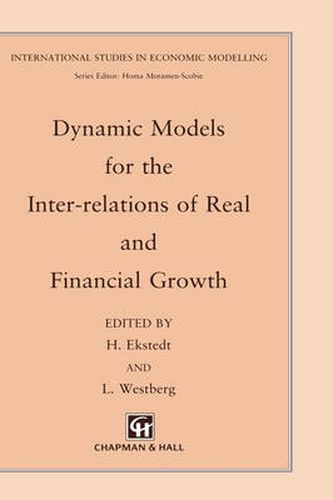Readings Newsletter
Become a Readings Member to make your shopping experience even easier.
Sign in or sign up for free!
You’re not far away from qualifying for FREE standard shipping within Australia
You’ve qualified for FREE standard shipping within Australia
The cart is loading…






This title is printed to order. This book may have been self-published. If so, we cannot guarantee the quality of the content. In the main most books will have gone through the editing process however some may not. We therefore suggest that you be aware of this before ordering this book. If in doubt check either the author or publisher’s details as we are unable to accept any returns unless they are faulty. Please contact us if you have any questions.
The high growth rate in many industrial countries during the first two decades after World War II produced a financial expansion, which in its turn made possible an extension of the growth process. But it also led to a financial crisis, when increasing costs during the 1970s created growing deficits in the balance of payments and the government budgets in many countries. This volume adopts a disequilibrium approach for analyzing the inter-relation between real and financial development, in a world where agents are not able to realize their plans. The authors take as their starting point the theoretical world of Keynes and the Stockholm School, since the modern disequilibrium analysis, in their view, often disregards the financial side of the economy.
$9.00 standard shipping within Australia
FREE standard shipping within Australia for orders over $100.00
Express & International shipping calculated at checkout
This title is printed to order. This book may have been self-published. If so, we cannot guarantee the quality of the content. In the main most books will have gone through the editing process however some may not. We therefore suggest that you be aware of this before ordering this book. If in doubt check either the author or publisher’s details as we are unable to accept any returns unless they are faulty. Please contact us if you have any questions.
The high growth rate in many industrial countries during the first two decades after World War II produced a financial expansion, which in its turn made possible an extension of the growth process. But it also led to a financial crisis, when increasing costs during the 1970s created growing deficits in the balance of payments and the government budgets in many countries. This volume adopts a disequilibrium approach for analyzing the inter-relation between real and financial development, in a world where agents are not able to realize their plans. The authors take as their starting point the theoretical world of Keynes and the Stockholm School, since the modern disequilibrium analysis, in their view, often disregards the financial side of the economy.